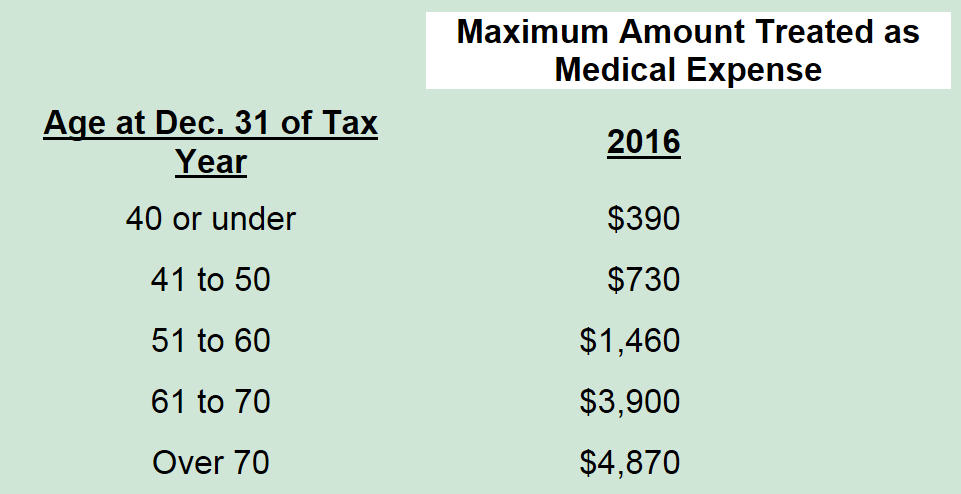Medical expenses can be costly — and they’re not always covered by insurance. But there may be a silver lining: You may be able to claim an itemized deduction for the amounts you pay for medical, dental and vision care, if you incur enough costs to exceed the applicable threshold for the tax year. Here are the details about this deduction.
Raising the Bar on Medical Expense Deductions
Before 2013, you could claim an itemized deduction for medical, dental, and vision care expenses paid for you, your spouse and your dependents, to the extent those expenses exceeded 7.5% of your adjusted gross income (AGI). Now, because of a tax law change, an even higher threshold of 10% of AGI applies to most folks.
However, if either you or your spouse was age 65 or older as of December 31, 2013, the higher threshold won’t take effect until 2017 — until then, the familiar threshold of 7.5% of AGI will continue to apply. Filing a joint return isn’t necessary to take advantage of this provision based on the age of your spouse.
Special rules apply for people who turn 65 in 2014, 2015 or 2016. The 10% threshold applies until the tax year that you or your spouse turns 65. Then, starting with the tax year you or your spouse turns 65, you’ll temporarily revert back to the 7.5% threshold, until 2017.
For example, if you or your spouse turned age 65 in 2016, the 10% threshold applied for 2014 and 2015. But it will not apply for 2016. Instead, you’ll go back to the 7.5% threshold for those tax years.
After 2016, the 10% threshold will apply to everybody, regardless of age.
Deducting Expenses Paid for Supported Relatives
Do you pay medical expenses for a dependent parent, grandparent or adult child? If so, you can add those expenses to your own for itemized deduction purposes. For a person to be your dependent, you must pay over half of his or her support for the year.
If you pass the support test, you can add medical expenses you paid for the supported person to your own expenses for purposes of clearing the applicable AGI hurdle for medical expense write-offs. This is true even if you can’t claim a dependent exemption deduction for the supported person on your return because he or she has too much income.
What if you pay medical expenses for someone but don’t supply over half of his or her support for the year? In that case, you can’t combine that person’s medical expenses with your own for medical expense deduction purposes.
Counting Insurance Premiums
For itemized medical expense deduction purposes, you can include premiums paid for medical, dental and vision-care insurance. You can also include premiums paid for Medicare Parts A, B and D coverage and for Medigap policies. Finally, you can include premiums paid for qualified long-term care insurance policies, subject to the following age-based limits in 2016, which are adjusted annually for inflation:

Getting the Most from Your Medical Expense Deductions
IRS rules regarding medical expense deductions have changed. For most taxpayers, it now takes more dental, medical and vision expenses than before to meet the AGI thresholds for these items. Whenever possible, try to pack as many doctor visits and non-emergency procedures into a single year, especially if it’s questionable whether or not you’ll meet the applicable AGI threshold.
Contact your tax advisor for more details. He or she can help ensure that you’ve met the applicable deduction threshold and included all IRS-approved medical expenses on your personal tax return.
Copyright 2016
